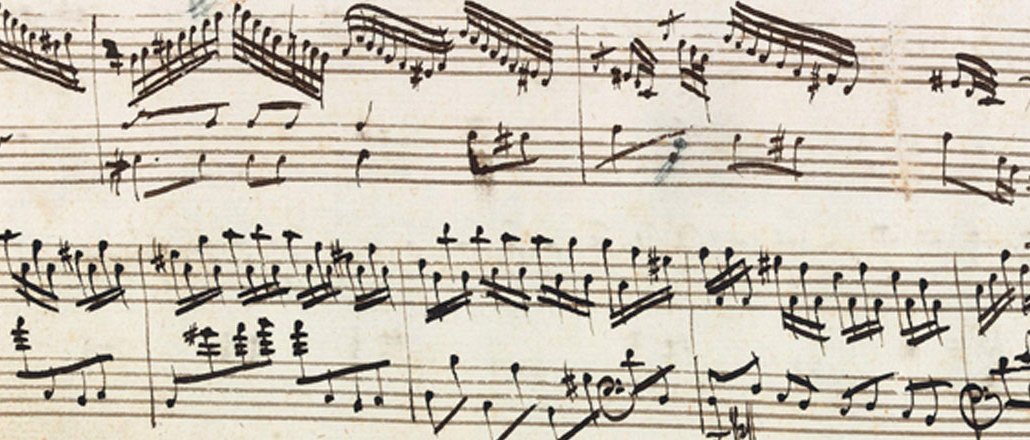Register by Jan 13 to save on passes and connect with marketers from Uber, Bose and more

This is our video series Future Craft, where we profile creatives about how they’re adapting their craft and modernizing their technique for our evolving digital world.
Composer and producer Anthony Barfield has an entire orchestra at the tip of his fingers. With a laptop and the tap of mouse, he can cue up violins, trumpets, oboes or bassoons. With a few more clicks and movements on the keyboard, he can compose a entire musical score for an ensemble. Barfield, a graduate of The Juilliard School, has perfect pitch and plays the piano, but he admits he can’t imagine composing music without computer software like Finale or Logic Pro X.
“Those composers back then [like Mozart or Beethoven] were geniuses. They could hear every single instrument in their heads,” said Barfield. “Nowadays we don’t necessarily have to do that because we have these amazing instrumental libraries.”
Barfield says advances in music-composition software have given him creative freedom to write for instruments he doesn’t know how to physically play. Watch the video to also find out how music composition has evolved from candlelight and quill pens to software and laptops.
More in Media

Future starts to sharpen its AI search visibility playbook
Future is boosting AI search citations and mentions with a tool called Future Optic, and offering the product to branded content clients.

Digiday’s extensive guide to what’s in and out for creators in 2026
With AI-generated content flooding social media platforms, embracing the messiness and imperfection of being human will help creators stand out in the spreading sea of slapdash slop.

Media Briefing: Here’s what media execs are prioritizing in 2026
Media executives enter 2026 weathered by disruption, but refocused on AI revenue, brand strength and video and creator opportunities.





